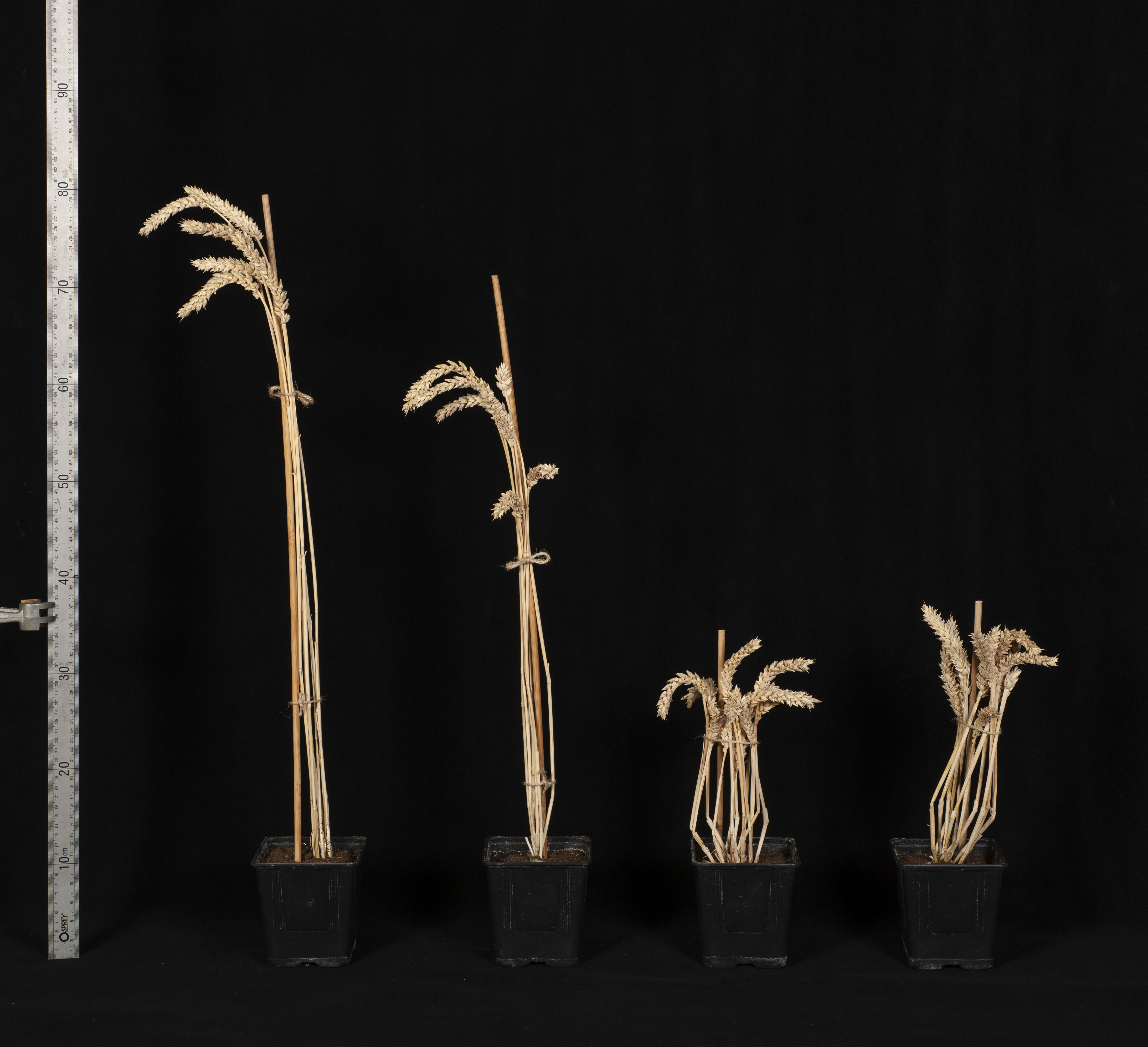The big picture: using wildflower strips for pest control
Scientists have finally discovered the plant proteins responsible for the ‘Green Revolution’ – the breeding of dwarf wheat varieties during the 1960s that helped feed the developing world.
The team from Rothamsted, Ghent University, and chemical company BASF have characterised the molecular mechanism responsible for these wheat varieties, whose shorter stems made them more resistant to toppling over in bad weather and substantially increased grain yields.
Importantly, the research also explains why only certain parts of the wheat plant are affected by the dwarfing genes, and could be good news for farmers battling preharvest sprouting.
Study author Dr Steve Thomas said: “This finding represents a fundamental advancement in our understanding of the molecular basis of the Green Revolution alleles.”
“It allows us to develop new dwarfing alleles that have improved characteristics including increased resistance to preharvest sprouting, which is not achieved with the Green Revolution dwarfing genes.”
Despite dwarf wheat being developed over half a century ago by Nobel Peace Prize winner Norman Borlaug, the proteins produced by the key Reduced Height (Rht-1) genes had never been found.

The mutant dwarfing genes – which themselves were identified more than 20 years ago – work by producing abnormal proteins that restrict stem growth. In tall wheat plants these proteins are broken down by the plant hormone gibberellin, but in the dwarf varieties this does not occur, leading to shorter stems.
Gibberellin regulates many developmental processes in plants, such as stem elongation, germination, grain dormancy, and flowering. Dwarfing genes have been found in many plants and they usually affect all of these processes. The wheat dwarfing genes are different in this respect.
Not only did the research team characterise the proteins, they also uncovered the unexpected finding that their production in different parts of the plant varied.
This causes different plant organs to display different sensitivities to gibberellin – which, according to Dr Thomas, is why wheat with the Green Revolution dwarfing genes show a reduction in stem height but do not show enhanced grain dormancy.
Preharvest sprouting is a serious problem for wheat growers. It is triggered by damp cold conditions that cause the grain to germinate before it is harvested. This leads to poor quality flour and significant financial losses for the farmer.
This work is allowing Dr Thomas and colleagues to develop new dwarfing genes that overcome these deficiencies of the widely used Green Revolution alleles.

Plant Developmental Biologist
Rothamsted Research is the longest-running agricultural research institute in the world. We work from gene to field with a proud history of ground-breaking
discoveries in areas as diverse as crop management, statistical interpretation and soil health. Our founders, in 1843, were the pioneers of modern
agriculture, and we are known for our imaginative science and our collaborative approach to developing innovative farm practice.
Through independent research, we make significant contributions to improving agri-food systems in the UK and internationally, with
economic impact estimated to exceed £3 bn in annual contribution to the UK economy. Our strength lies in our systems approach, which combines strategic research,
interdisciplinary teams and multiple partnerships.
Rothamsted is home to three unique National Bioscience Research Infrastructures which are open to researchers from all over the world:
The Long-Term Experiments,
Rothamsted Insect Survey and the
North Wyke Farm Platform.
We are strategically funded by the Biotechnology and Biological Sciences Research Council (BBSRC), with additional support from other national and
international funding streams, and from industry. We are also supported by the Lawes Agricultural Trust (LAT).
The Biotechnology and Biological Sciences Research Council is part of UK Research and Innovation, a non-departmental public body funded by a grant-in-aid
from the UK government.
BBSRC invests to push back the frontiers of biology and deliver a healthy, prosperous and sustainable future. Through our investments, we build and support a vibrant,
dynamic and inclusive community which delivers ground-breaking discoveries and develops bio-based solutions that contribute to tackling global challenges,
such as sustainable food production, climate change, and healthy ageing.
As part of UK Research and Innovation (UKRI), we not only play a pivotal role in fostering connections that enable the UK’s world-class research and innovation system
to flourish – we also have a responsibility to enable the creation of a research culture that is diverse, resilient, and engaged.
BBSRC proudly forges interdisciplinary collaborations where excellent bioscience has a fundamental role. We pioneer approaches that enhance the equality, diversity,
and inclusion of talent by investing in people, infrastructure, technologies, and partnerships on a global scale.
The Lawes Agricultural Trust, established in 1889 by Sir John Bennet Lawes, supports Rothamsted Research’s national and international agricultural science through the provision of land, facilities and funding. LAT, a charitable trust, owns the estates at Harpenden and Broom's Barn, including many of the buildings used by Rothamsted Research. LAT provides an annual research grant to the Director, accommodation for nearly 200 people, and support for fellowships for young scientists from developing countries. LAT also makes capital grants to help modernise facilities at Rothamsted, or invests in new buildings.